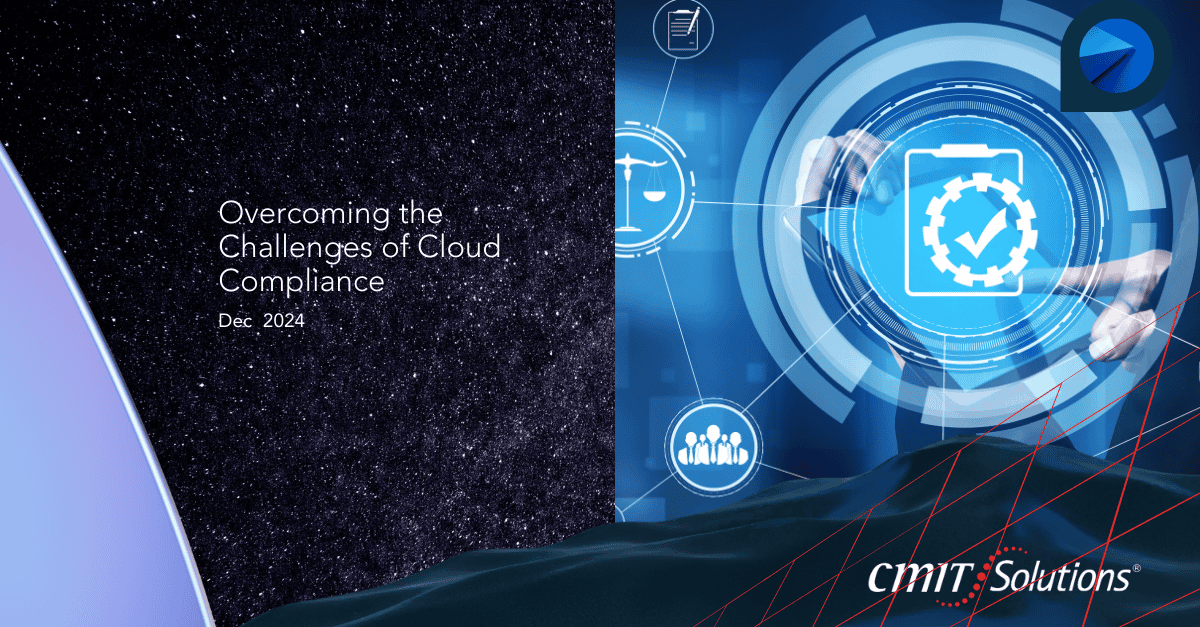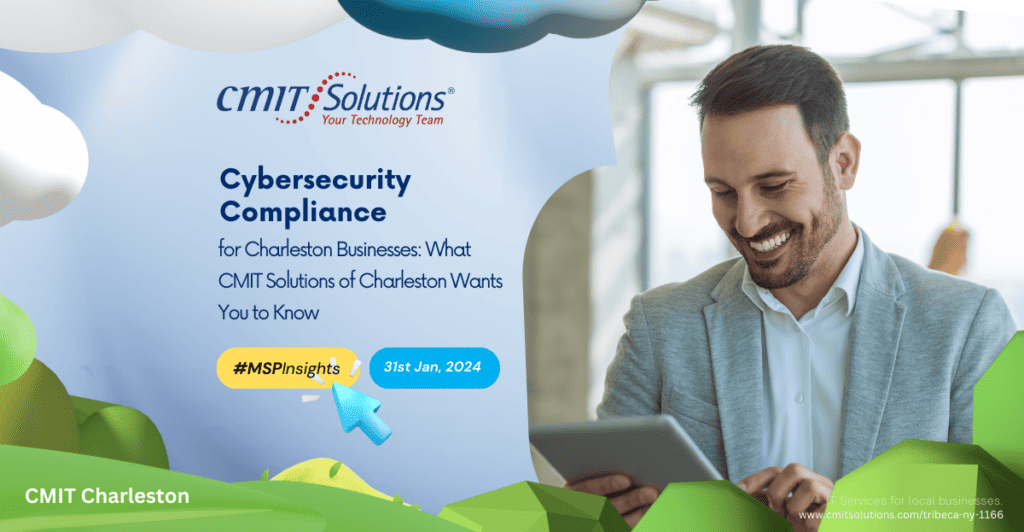The cloud offers unparalleled benefits in terms of scalability, cost-efficiency, and operational flexibility. However, navigating the regulatory landscape of cloud environments is a complex challenge. To fully leverage cloud computing while remaining compliant, businesses need a comprehensive strategy encompassing governance, visibility, automation, and employee awareness. Let’s explore these challenges in-depth and how organizations can address them effectively.
Why Cloud Compliance is a Business Imperative
The rapid adoption of cloud technologies has introduced new layers of complexity to regulatory compliance. Sensitive data often spans multiple environments and jurisdictions, creating challenges for businesses striving to adhere to laws such as GDPR, HIPAA, or CCPA. Cloud compliance is no longer optional; it is essential for maintaining business integrity, avoiding fines, and protecting customer trust.
To help small and midsize businesses tackle compliance challenges, read our article on enhancing productivity with tailored IT solutions.
Choosing the Right Cloud Provider
While selecting a compliant cloud provider is a critical first step, organizations must understand that compliance is a shared responsibility. Providers handle the security of the cloud infrastructure, but businesses are responsible for safeguarding the data and applications hosted within it.
Evaluating Cloud Providers:
- Ensure they comply with industry standards like ISO 27001, SOC 2, or FedRAMP.
- Examine data residency options and their alignment with your regulatory requirements.
- Review their audit and reporting capabilities to ensure transparency.
By partnering with reliable providers and understanding your responsibilities, you can reduce the risks associated with cloud adoption. Learn more in our guide to choosing cloud service providers.
Governance: Establishing a Compliance Framework
Cloud governance establishes the foundation for managing compliance in the cloud. By defining policies for provisioning, accessing, and retiring resources, organizations can ensure consistency, minimize sprawl, and maintain compliance across their cloud environments.
Key Elements of Governance:
- Clearly documented policies for data storage, access, and deletion.
- Procedures for evaluating and approving new cloud services.
- Continuous monitoring to enforce compliance in real-time.
For a deeper dive into creating effective IT governance, check out our article on IT support best practices.
Understanding Data Residency and Sovereignty
Data residency refers to the physical location of stored data, while data sovereignty determines which legal frameworks apply to that data. Missteps in this area can lead to severe penalties, particularly when sensitive information is stored in non-compliant regions.
Steps to Manage Data Residency and Sovereignty:
- Conduct a comprehensive review of your cloud provider’s data storage policies.
- Use tools to track where your data resides and ensure it aligns with jurisdictional requirements.
- Implement policies to restrict sensitive data from being moved to non-compliant regions.
Explore how hybrid cloud solutions can help balance compliance and operational flexibility in our article on hybrid cloud security.
Addressing Shadow IT
Shadow IT, or the unauthorized use of cloud services, poses one of the most significant risks to cloud compliance. Without proper oversight, sensitive data can easily migrate to non-compliant environments, increasing vulnerability to breaches and regulatory fines.
Tackling Shadow IT Challenges:
- Deploy Cloud Access Security Brokers (CASBs) to monitor and control cloud usage.
- Conduct regular security awareness training to educate employees about the risks of unauthorized applications.
- Encourage open communication to identify tools employees need and assess compliant alternatives.
Discover more on protecting against shadow IT risks in our blog on endpoint security best practices.
The Case for Continuous Compliance
Traditional, periodic compliance checks are prone to errors and can leave businesses scrambling to address gaps. Continuous compliance leverages automation to monitor cloud configurations in real-time, ensuring ongoing adherence to regulations.
Benefits of Continuous Compliance:
- Immediate detection of non-compliance issues.
- Simplified audit preparation with automated reporting.
- Reduced burden on IT teams, enabling them to focus on strategic initiatives.
Learn more about integrating automated compliance tools in our article on proactive IT support.
Implementing Automation for Compliance Management
Automation is a game-changer in maintaining cloud compliance. Tools that monitor configurations, enforce policies, and generate audit trails reduce the risk of human error and ensure consistency.
Key Features of Automation Tools:
- Real-time alerts for non-compliance issues.
- Pre-configured templates for various regulatory frameworks.
- Comprehensive reporting to streamline audits.
Find out how automation can enhance IT efficiency in our insights on managed IT services.
Staying Ahead of Evolving Regulations
Regulatory landscapes are constantly changing, and organizations must remain vigilant to ensure ongoing compliance. This includes monitoring updates to existing regulations and identifying new ones that may apply due to operational changes.
Strategies for Staying Compliant:
- Partner with compliance experts to receive timely updates on regulatory changes.
- Conduct regular reviews of your compliance posture and update policies accordingly.
- Use risk assessments to anticipate how new regulations may impact your operations.
For more on adapting to changing compliance requirements, read our article on IT compliance audits.
Training Teams to Foster Compliance Awareness
Even the best policies and tools are ineffective without employee buy-in. Regular training programs can help employees understand their role in maintaining cloud compliance and the consequences of non-compliance.
Training Best Practices:
- Incorporate real-world scenarios to demonstrate the risks of non-compliance.
- Focus on key topics such as data residency, shadow IT, and secure usage of cloud tools.
- Evaluate training effectiveness with quizzes and feedback sessions.
Learn how fostering team vigilance can strengthen your compliance efforts in our article on cybersecurity training.
Conclusion: Building a Culture of Compliance
Overcoming the challenges of cloud compliance requires a combination of robust governance, real-time monitoring, and continuous employee education. By leveraging automation, staying informed about regulatory changes, and fostering a compliance-first culture, businesses can securely harness the power of the cloud while minimizing risks.
Explore more strategies for achieving compliance in our comprehensive guide to cybersecurity.





